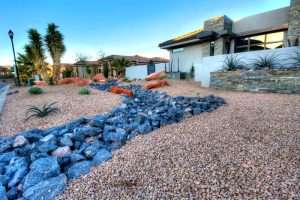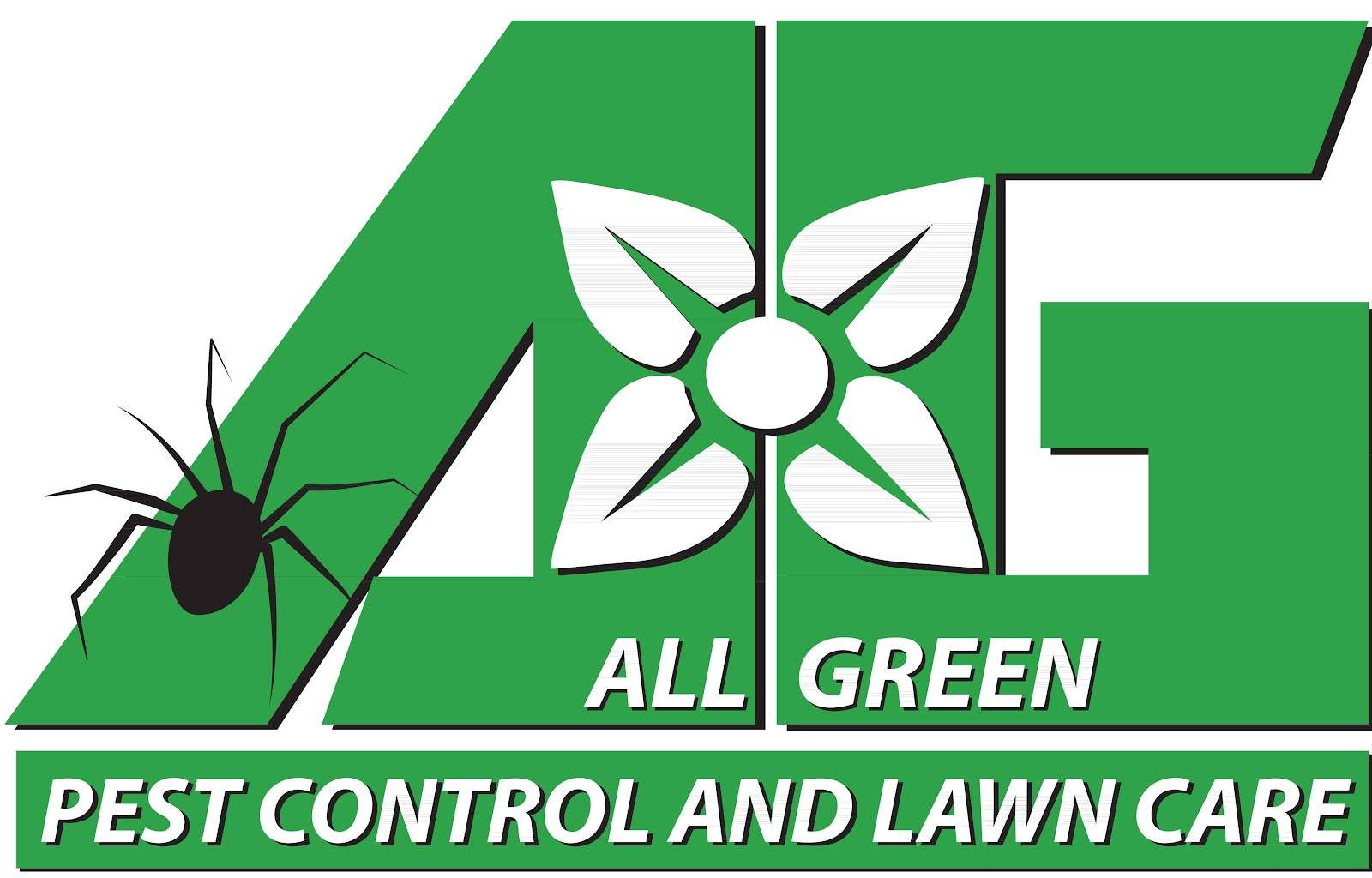
Weeds can be a serious nuisance in more than just your lawn. In cities like St. George, Provo, Salt Lake City, and Layton, weeds thrive in flower beds, rock beds, and even cracks in driveways and patios. If you’re battling unwanted growth in non-grassy areas, the most effective solution is the proper use of non-selective herbicides.
Kill Weeds in Rock Beds, Patios, and RV Pads Across Southern and Northern Utah
Weeds don’t discriminate by location—they sprout wherever they can. Common non-grass problem areas we service throughout Utah County, Salt Lake County, Davis County, and Washington County (St. George) include:
- Flower beds in residential landscapes
- Rock and decorative gravel beds
- RV parking pads
- Cracks in patios, bricks, and concrete
- Walkways, driveways, and parking strips
These areas are particularly vulnerable in Utah’s climate due to heat, sporadic rainfall, and soil conditions that encourage weed growth.
Treat Broadleaf, Grassy, and Woody Weeds with Confidence
In both Southern and Northern Utah, you’ll encounter several types of weeds in hardscape areas:
Broadleaf Weeds
Dandelions, plantain, and spurge are just a few examples. These wide-leaved nuisances are aggressive in flower beds and sidewalks.
Grassy Weeds
Crabgrass and foxtail are common in Salt Lake County and Davis County walkways and driveways. These resemble turfgrass but behave invasively.
Woody Plants and Vines
Volunteer tree saplings and invasive vines like bindweed can root in gravel or cracks, especially in St. George’s warmer zones.
Why Choose Non-Selective Herbicides for Weed Control in Utah
Non-selective herbicides are the most versatile and reliable option for controlling unwanted plants in non-turf areas. These products kill any vegetation they touch, making them ideal for weed control in urban and suburban hardscapes.
A Safer Option Than Ground Clear or Soil Sterilants
While products like soil sterilants may promise longer weed prevention, they come with serious drawbacks:
- They can leach through soil and damage nearby trees or plants
- Residues can last for months, harming your landscape
- They’re often unnecessary and risky in densely landscaped Utah neighborhoods
Using a targeted non-selective herbicide like glyphosate offers a safer alternative that deactivates on contact with the soil. Learn more from the UC IPM guide on herbicide use.
Kill Weeds with Ongoing Sprays to Break the Seed Cycle
Whether you’re in Lehi, Bountiful, or Hurricane, weed control isn’t a one-time fix. Recurring applications of non-selective herbicide are necessary because:
- New weeds emerge from wind-blown or dormant seeds
- Left untreated, weeds mature quickly and go to seed, spreading further
- Regular spraying breaks the growth and reseeding cycle, reducing infestations over time
We recommend reapplication every 4–6 weeks during the growing season. This schedule is especially important in St. George’s longer growing season and Salt Lake’s variable spring weather. For more detail, see this Penn State Weed Management resource.
Serving Utah’s Weed Control Needs—From Desert Beds to Urban Patios
We offer reliable, professional weed control for non-grassy areas across:
- St. George and Washington County
- Provo, Orem, and Utah County
- Salt Lake City and Salt Lake County
- Layton, Farmington, and Davis County
Whether you’re battling weeds in xeriscaped rock beds or in sidewalk cracks, we use non-selective herbicides that provide results without damaging your property or surrounding landscape.
Helpful Resources
- UC IPM – Herbicides: When and How to Use
- Penn State Extension – Weed Management Overview
- EPA – Herbicide Product Info
Invading and noxious weeds aren’t the only things to worry about. Don’t forget about grass destroying insects like grubs, billbugs, cutworms, and more! Learn about these turf eating insects and how to take care of them!
